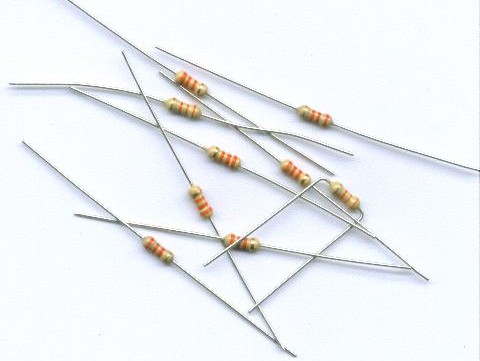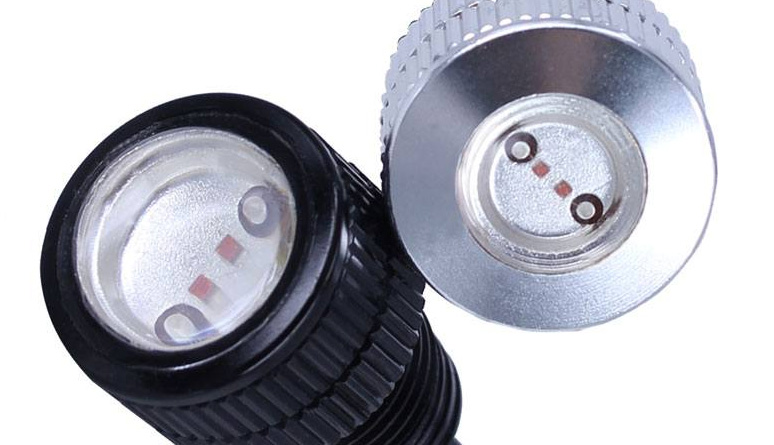Ordinary light bulbs can be dimmed by changing their input voltage, the same cannot be said for LED lights. Can LED lights be dimmed? Well, of course they can! In fact there’s more than one way to achieve this.
Want to know how to dim LED lights and looking for the best way to do this? They can quickly and easily be controlled by a resistor installed in series with your LED, this can also be achieved by using current regulators, it’s a good idea to check out both methods and pick the one that works best for you.
Can you dim led lights with a PWM current regulator?
PWM is a great option for LED dimming as it allows you to have full control over the amount of power you’re receiving, which means it’s highly efficient and is able to maintain a sense of consistency in color. However, this also means that it will be far more complicated to do than let’s say, analog dimming.
For PWM dimming, you’ll need to add a PWM controller and a MOSFET switch in the driver electronics at the output of the DC power supply. PWM dimming works by sending pulses of current to your LEDS, the time span of each pulse is varied so that you can sufficiently control the current that flows to your LEDs. When the pulse rate is high enough, the human eye doesn’t pick up on the pulses but instead integrates them and views them as a consistent supply of light.
Can led lights be dimmed using resistors?
Dimming an LED light is as easy as adding resistors to the connection or even several resistors, to ensure you get the right brightness – this is called analog dimming. In many states, there are regulations to the brightness (and colors) of LEDs on cars, which is why this is important to take note of.

You might not have as much control over the brightness as you would using pulse-width modulation (PWM). PWM means that you can encode how your LEDs will shine – brightness, color and characteristics – as well as have full control over the power supplied.
But, for the sake of convenience dimming an LED is just a matter of adding resistors, but this largely depends on how bright your LEDs are in their original state.
When using resistors, you’ll need to know the power required for your project so you’ll calculate this using a LED resistor value formula like this one:
P = I^2_R
What this means is that power (represented by P) is equal to the current (Represented by I) in amps flowing through the circuit, which is squared and multiplied by the resistor value (Represented in R) in ohms.
Once you’ve got your resistor values all worked out, the rest should be a cake walk! If it’s not, simply contact us with your questions, we’re always happy to help.

Are you calculating the power through the dropping resistor?
I don’t know how to calculate the power through the LED itself.
You can’t easily predict the LED power, but you can do it by subtraction:
Total Power = V * I
Resistor Power = I^2 * R
LED = Total Power – Resistor Power
I wasn’t having much luck with the resistors so I used a 3/16 piece of heat shrink tube over LED bulb and just heated with a lighter to narrow down the light. Worked great for my application.
Greetings and happy New year to you. I’m looking for assistants in dimming a anti-vandal push button on off switch that is backlit .this is a 12-volt automotive application in the switches controlling another object that is 12 volts switch has post on the back one normally open normally closed common positive and negative .my question is can you wire a resistor to dim the backlight of the switch without changing the output voltage
Hi Jamie,
I don’t know if you got an answer elsewhere, but yes, you can dim the LED with a resistor. The tricky part is that choosing the resistor value may take some experimentation, since an LED is not a linear part. Most visible LEDs have a 2-3V drop across the device when lit properly, depending on the color. The resistor takes up the slack. So, if we assume that the car voltage is about 13V, and say, a white or blue LED is about 3V, then the current delivered through a 10K resistor is —
(13 – 3)V / 10,000 Ohms = 1mA
Power = 1mA^2 * 10,000 Ohms = 10mW, so a 1/4W or even 1/8W resistor is OK
There is probably already a resistor in the line to drop the 12V, so the actual value you need is probably less than 10K.
Now, we get to the tricky part: some LEDs will begin to dim with 1mA of current; others will be more than happy with 1/2 that value. You’ll have to experiment with the resistor value until you are happy with the results. Also, bear in mind that we are working in the ‘unplanned’ area of the LED’s performance; a certain resistor value might give a ‘perfect’ result in your dash, but be too bright/dim in another car.
we have had good luck with oznium products, so ty! separately, we have a device with an on/off power indicator led that is much too bright. there is room behind the LED, and its leads are about 1/4″, so we have the ability to add a resistor.
would we measure the current and voltage across the 2 LED leads, when indicator is on? still not totally clear on how to size the resistor.